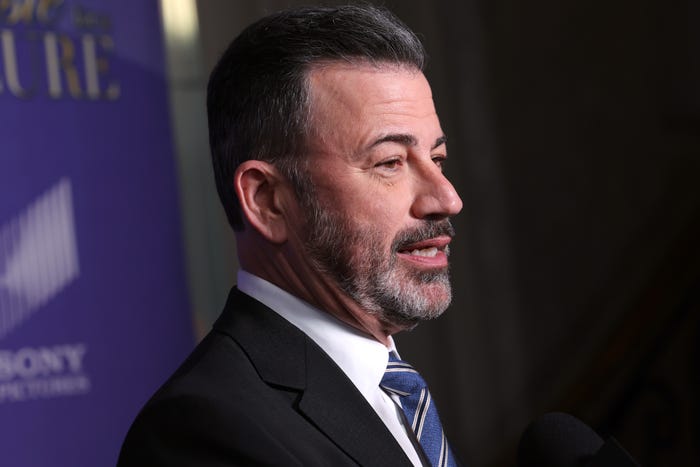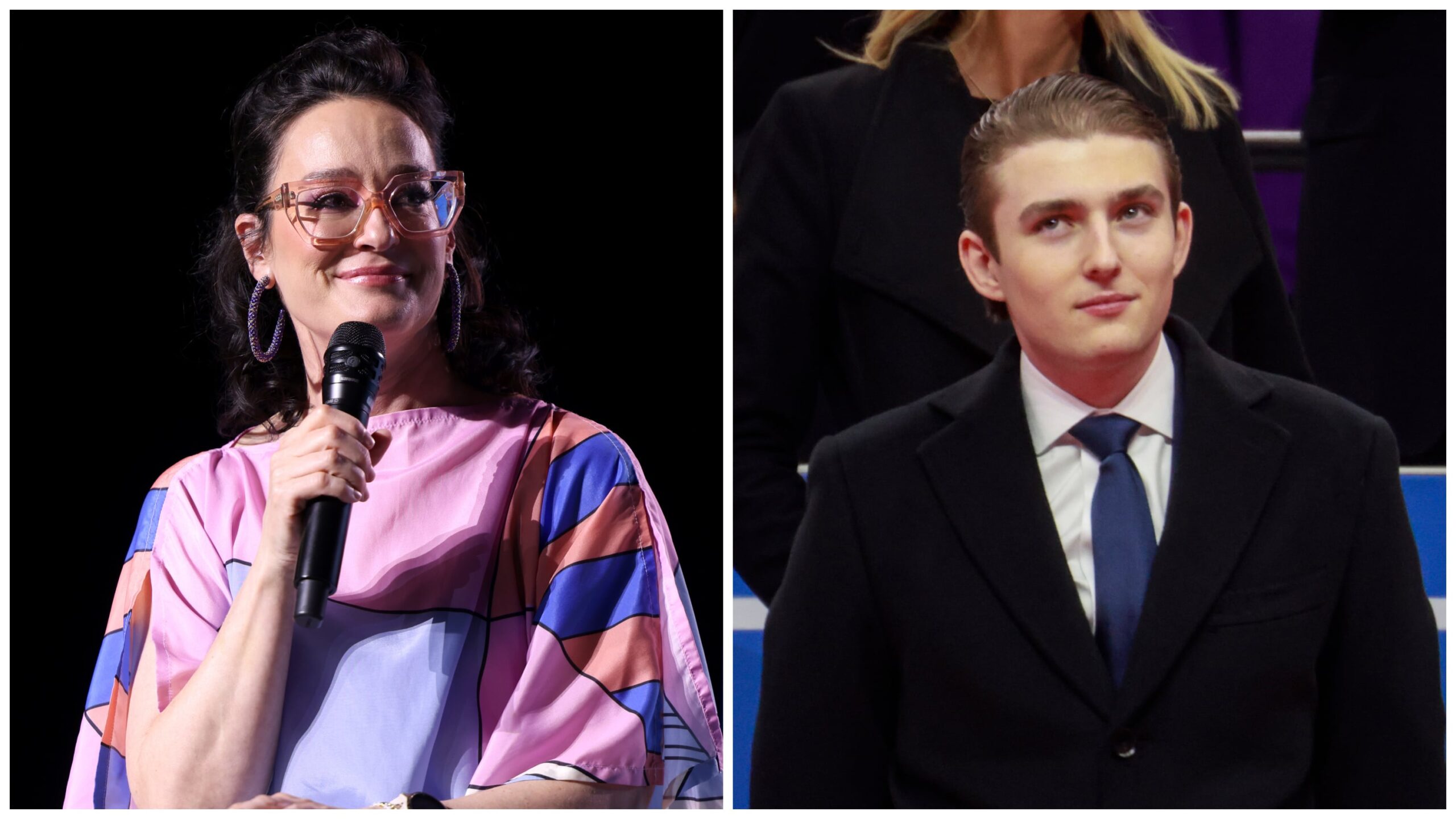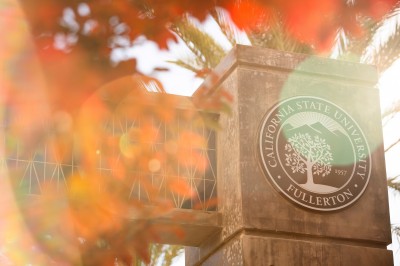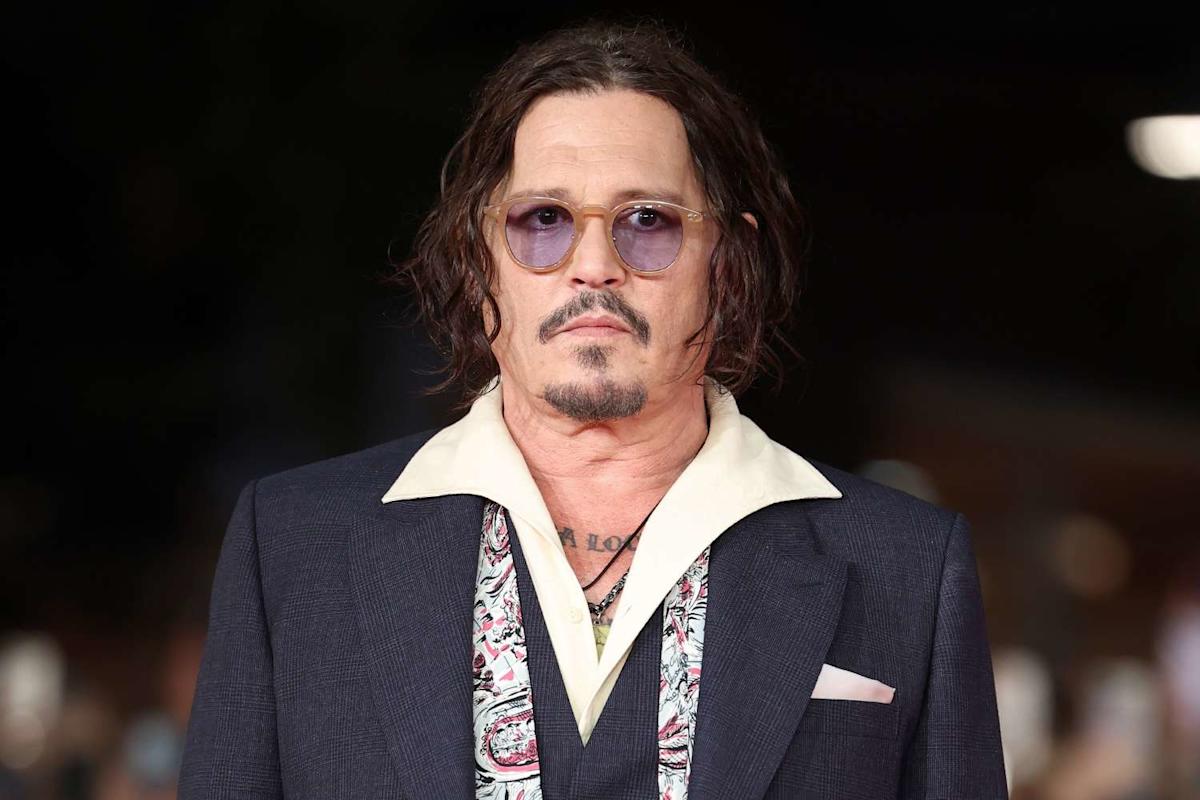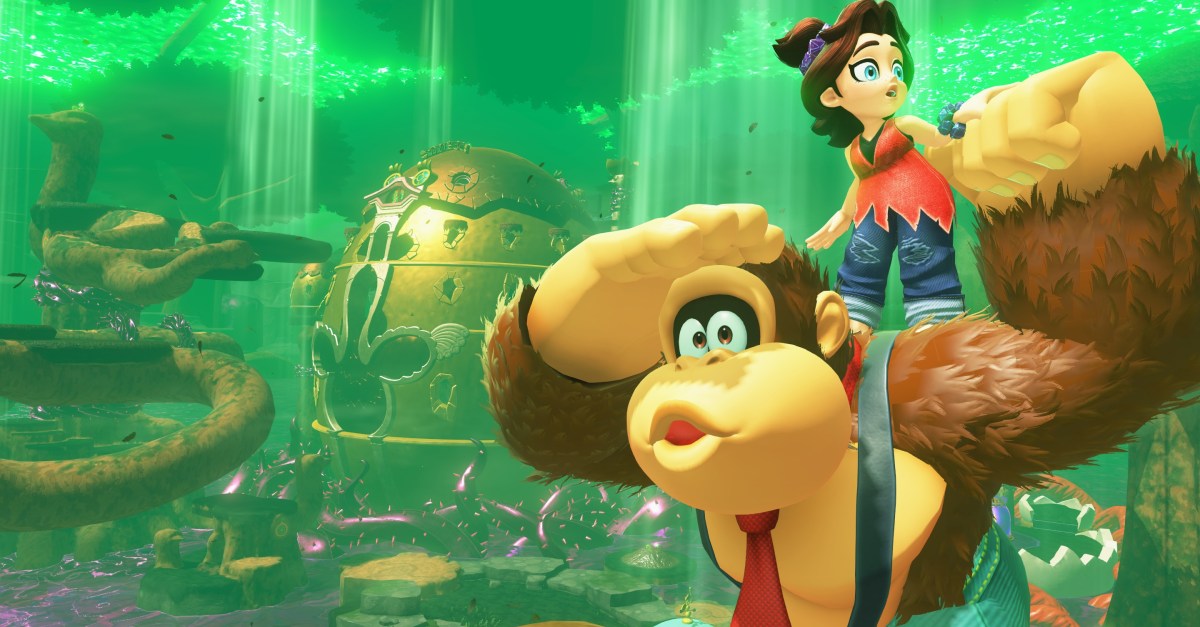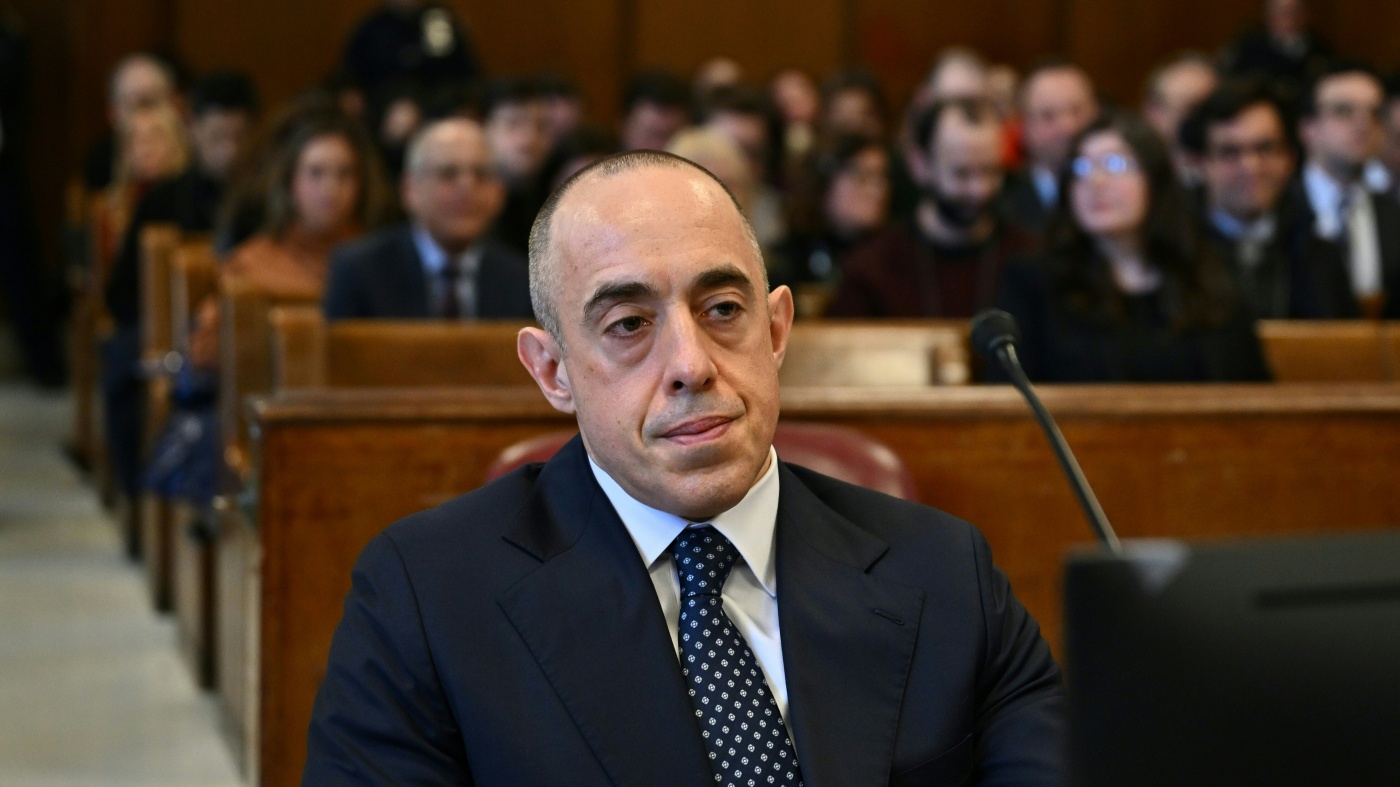Trump’s Unorthodox Oval Office Meetings Challenge Global Diplomacy
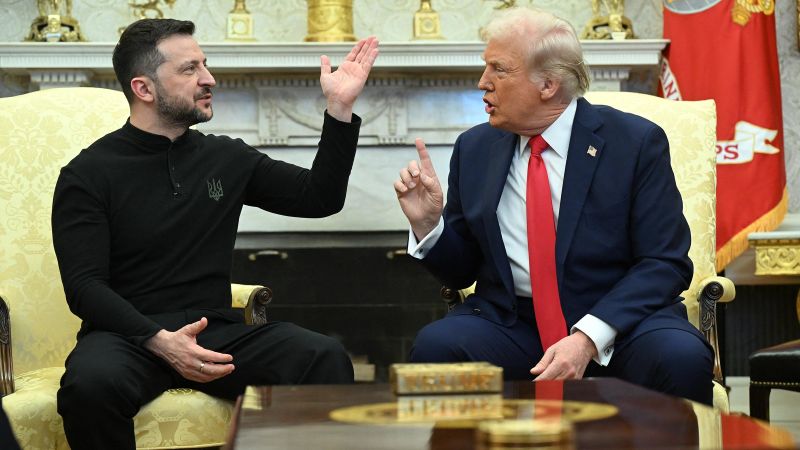
Foreign leaders’ visits to the White House have traditionally been opportunities for face-to-face diplomacy, warm exchanges, and formal photo sessions. However, President Donald Trump’s recent interactions with Ukraine President Volodymyr Zelensky in February have disrupted these norms, causing unease among international leaders. During their meeting, Trump publicly criticized Zelensky, saying, “You’re not acting all that thankful,” with Vice President JD Vance joining in the rebuke in front of the global media. As Zelensky sought more support for Ukraine’s conflict with Russia, Trump threatened to withdraw support entirely, reducing the meeting to a heated exchange.
This incident, along with Trump’s baseless claims of genocide against South African President Cyril Ramaphosa and tense interactions with Canada’s Prime Minister Mark Carney, has signaled to foreign dignitaries that Oval Office meetings during Trump’s second term require a different approach. Five former senior diplomats, experienced in organizing such meetings, have compared Trump’s White House to a boxing ring or a television set. They advise leaders to prepare for diplomatic “jiu jitsu,” trolling, or even “North Korean” style adulation, and to avoid contradicting Trump publicly.
Diplomatic Challenges in Trump’s Second Term
Signs that Israeli Prime Minister Benjamin Netanyahu is keen to avoid confrontation are evident ahead of his planned White House visit. Despite his close ties with Trump, Netanyahu moved quickly to accept a 60-day ceasefire proposal in Gaza after Trump announced his intention to be “very firm” on the matter.
For Lithuania’s former foreign minister, Gabrielius Landsbergis, these meetings are opportunities for Trump to assert himself as a dominant leader, often at the expense of others. “This is a show,” Landsbergis told CNN. Trump himself hinted at this theatrical aspect, remarking, “This is going to be great television,” after his meeting with Zelensky.
Arturo Sarukhán, Mexico’s former ambassador to Washington, described these interactions as “diplomatic vandalism and trolling.” According to Joe Hockey, former Australian ambassador to the US, Trump 2.0 is markedly different from his first term. In 2017, Trump was still “learning the ropes of government” and understanding the limits of his power. Now, he is more confident and less concerned about criticism, making him a more formidable negotiator.
“European leaders especially are in a sort of denial. They are panicking.” — Gérard Araud
A Break from Tradition
The Oval Office, adorned with gold accents, reflects Trump’s unique vision of US history and serves as both a showplace and a workplace. Unlike previous administrations, the Trump White House operates more like a royal court, where personal access to Trump or his inner circle is crucial for progress. Even with one-on-one time, influencing Trump remains challenging.
Under past administrations, White House meetings were meticulously planned, offering foreign leaders a chance to engage with the US president. Rufus Gifford, former US ambassador to Denmark, emphasized the importance of these visits being mutually beneficial and respectful. “This should be a nice meeting where you get to know each other as human beings,” Gifford noted.
Arturo Sarukhán recalled how his team prepared Mexican President Vicente Fox for meetings with former President George W. Bush, using shared interests to ease diplomatic interactions. Such efforts resulted in memorable exchanges, such as Bush’s visit to Fox’s ranch in Mexico, which Sarukhán described as “visual gold.”
Words of Advice for Navigating Trump’s White House
Landsbergis advises thinking in terms of television when preparing for meetings with Trump, who has a background in reality TV. While challenging Trump can be risky, it can also be a strategic move. Sarukhán suggests that leaders should be ready for a diplomatic “jiu jitsu” with Trump, understanding that smooth interactions are unlikely.
Gifford, who also worked on Kamala Harris’ campaign, warns that Trump thrives on keeping foreign leaders off balance. This unpredictability can manifest physically, as seen in Trump’s aggressive handshakes. Gérard Araud recalled advising French President Emmanuel Macron to brace for a forceful handshake during their first meeting in 2017.
“You should first be profusely grateful. You should really compliment the president. There is a sort of North Korean side in the White House.” — Gérard Araud
Risk vs. Reward
Despite the potential for an Apprentice-style ambush, Landsbergis believes the benefits of an Oval Office visit outweigh the risks. For smaller countries like Lithuania, it is a rare opportunity to convey important messages directly to Trump. However, navigating the unpredictable nature of these meetings requires treating Trump like “a whimsical and unpredictable child,” as Araud puts it.
Ultimately, Trump is the sole decision-maker, and his decisions are often made impulsively. As Araud notes, “Trump’s the only one making decisions, and he’s making decisions from the hip.” This reality poses both challenges and opportunities for foreign leaders seeking to engage with the Trump administration.

